Inside the Millennium Dome: Remembering the Exhibition in Photos
Some structures stand out as iconic symbols of their time, and one such building, etched into London’s skyline, is the Millennium Dome. Back in 2000, as a postgraduate student at University College, London, I visited this celebratory exhibition during its opening week. Armed with a camera and a sense of curiosity, I was eager to discover the wonders inside the Millennium Dome. So, join me on this photographic journey through the Dome’s themed zones and relive one of history’s unique experiences. Whether you remember the exhibition or missed the chance to see it in person, these photos will evoke nostalgia or spark your curiosity.
The Purpose of the Millennium Dome
The Millennium Dome was a large-scale exhibition space built to celebrate the turn of the millennium, hosting the Millennium Experience—a year-long exhibition to mark the year 2000. Located on the Greenwich Peninsula in London, the Dome symbolised the UK’s optimism and forward-looking spirit as it entered the 21st century. Ironically, on the day I visited, massive dark clouds loomed over “The Dome” (see Figure 1). Little did I know that this ominous scene hinted at the challenges it would face.
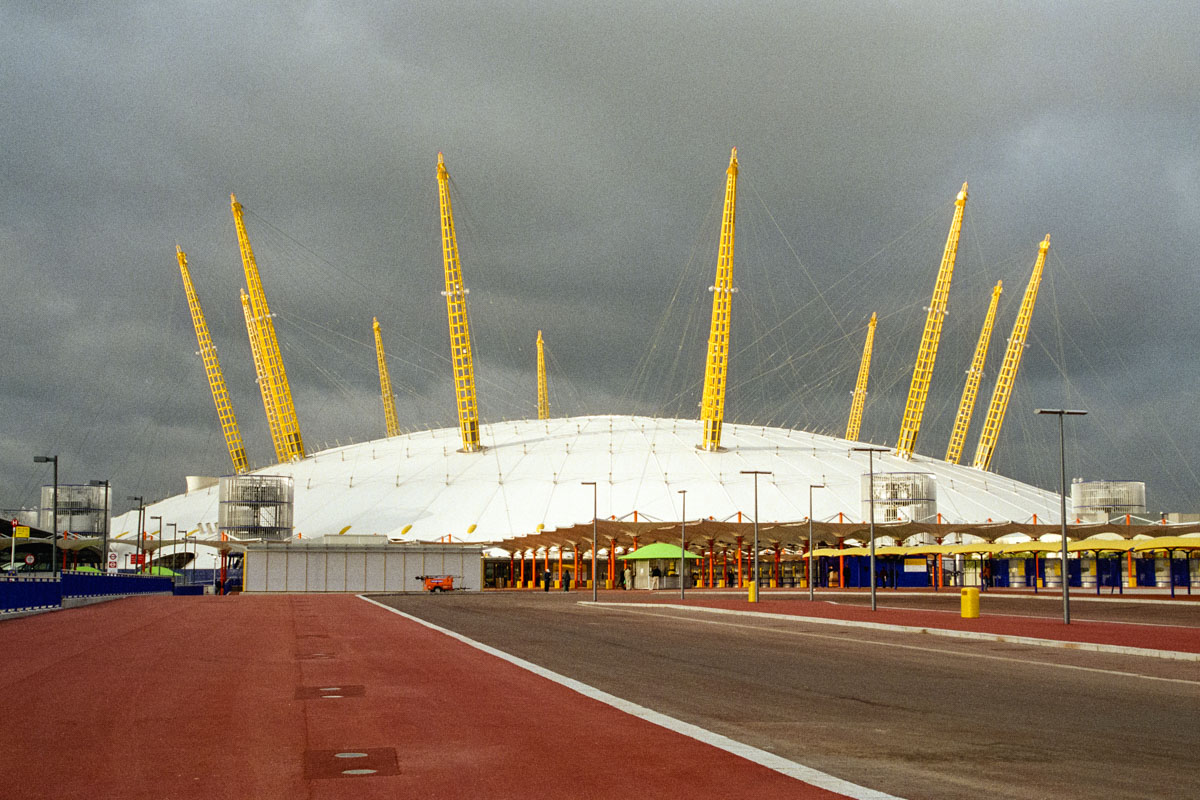
The Dome’s Grand Scale
In short, the Dome is an architectural marvel, resembling a massive white tent. Its diameter of 365 meters represents the days of the year, and its height of 52 meters represents the weeks. Moreover, the exterior is supported by twelve towering yellow masts (see Figure 2), one for each month. This design underscores the Dome’s connection to time and the new millennium, resembling a spaceship ready to journey through time. Indeed, this symbolism befits the aim of the Millennium Experience—to celebrate the past, present, and future.
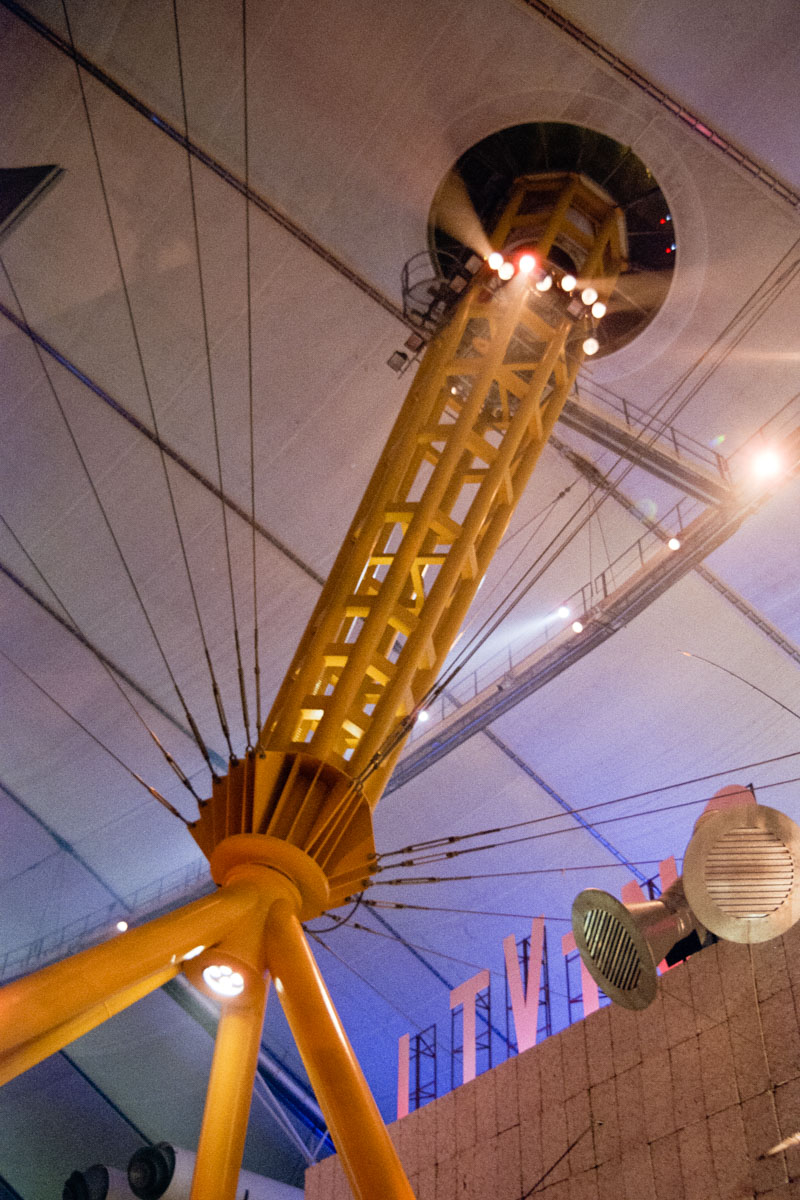
The Millennium Experience: A Celebration of Past, Present, and Future
Opening on 1 January 2000, the Dome invited visitors (including myself and a Pentaz MZ-50 camera with some rolls of Konica Centuria 200 colour film) to celebrate the new millennium. Inside, the exhibition featured 14 exhibition zones exploring themes such as “Who We Are” (Body, Faith, Mind and Self-Portrait), “What We Do” (Work, Learning, Rest, Play, Talk, Money and Journey) and “Where We Live” (Shared Ground, Living Island and Home Planet). They aimed to provide visitors with an educational and inspirational experience, showcasing advancements from science and technology to art and culture. The different zones were arranged around the perimeter of the Dome’s interior and were as innovative as its design (see Figures 3 & 4).


Attractions Inside the Millennium Dome: “Who We Are”
Despite the negative press, I particularly enjoyed the Millennium Experience, especially capturing photos of the diverse and engaging exhibits and attractions inside the Dome’s themed zones. Thus, here’s a rundown of the Dome’s 14 exhibition zones.
1. Body
One of the most memorable exhibits was the Body zone (see Figures 5 & 6), a towering structure shaped like two reclining human figures. Inside, you could walk through various parts of the “body,” learning about human biology through special effects exhibits. For example, in the Heart Room was a large model of a human heart that beat realistically, providing a unique perspective on anatomy. Then, a comedy-routine brain (see Figure 7) entertained visitors with a dance!
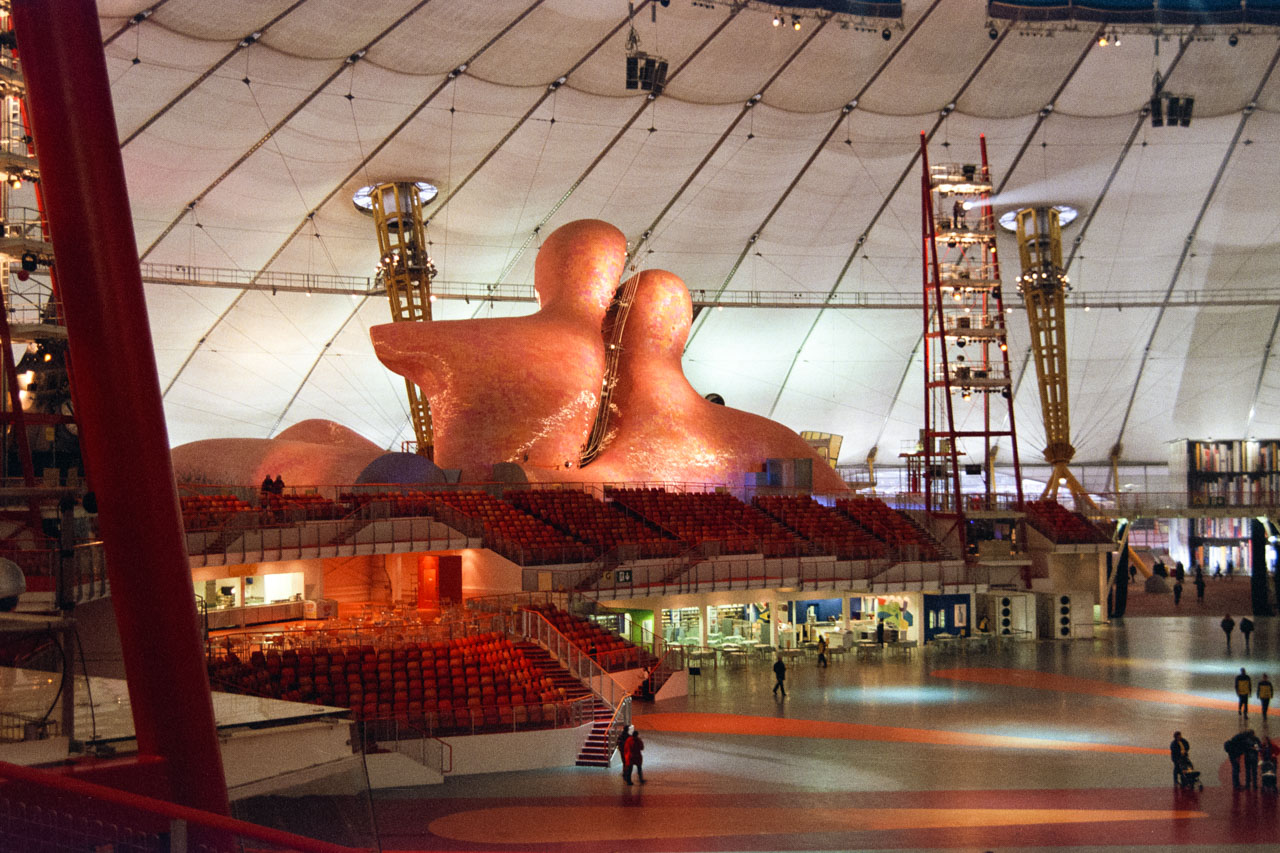
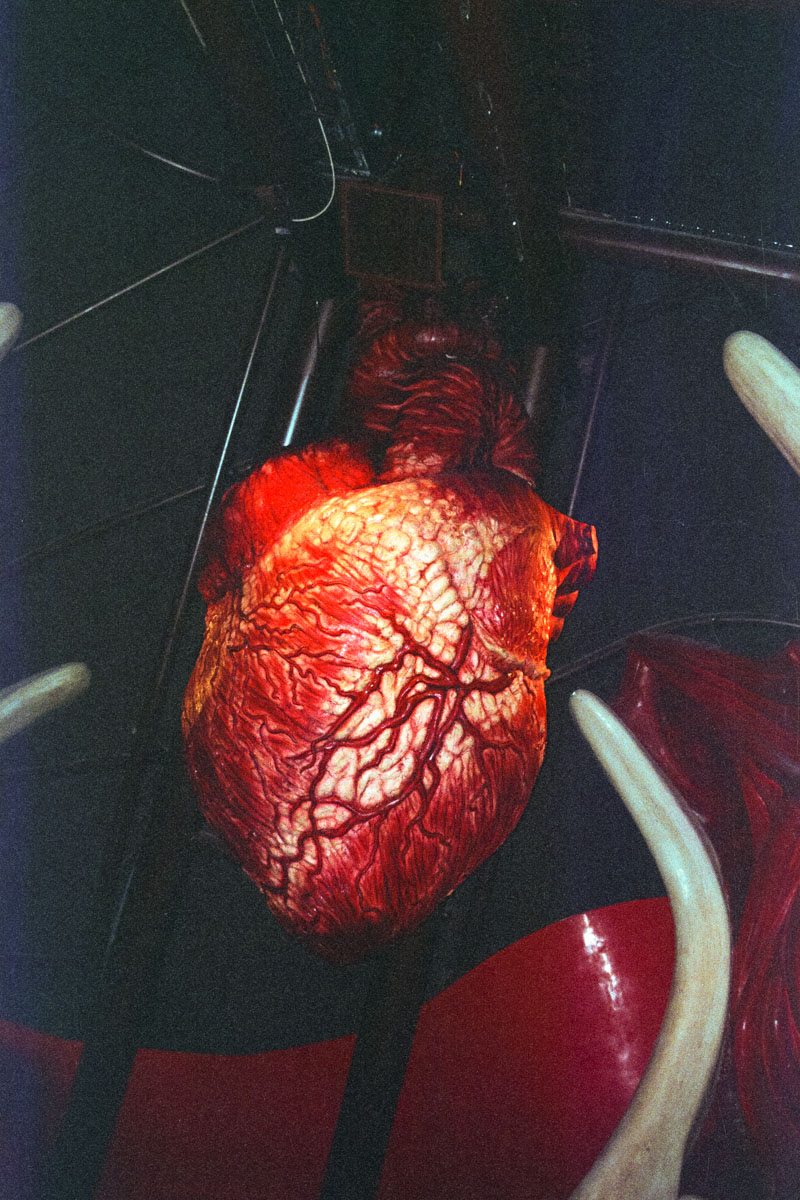
Additionally, this exhibit addressed lifestyle and health, examining issues influencing decisions about our bodies over the next fifty to a hundred years.
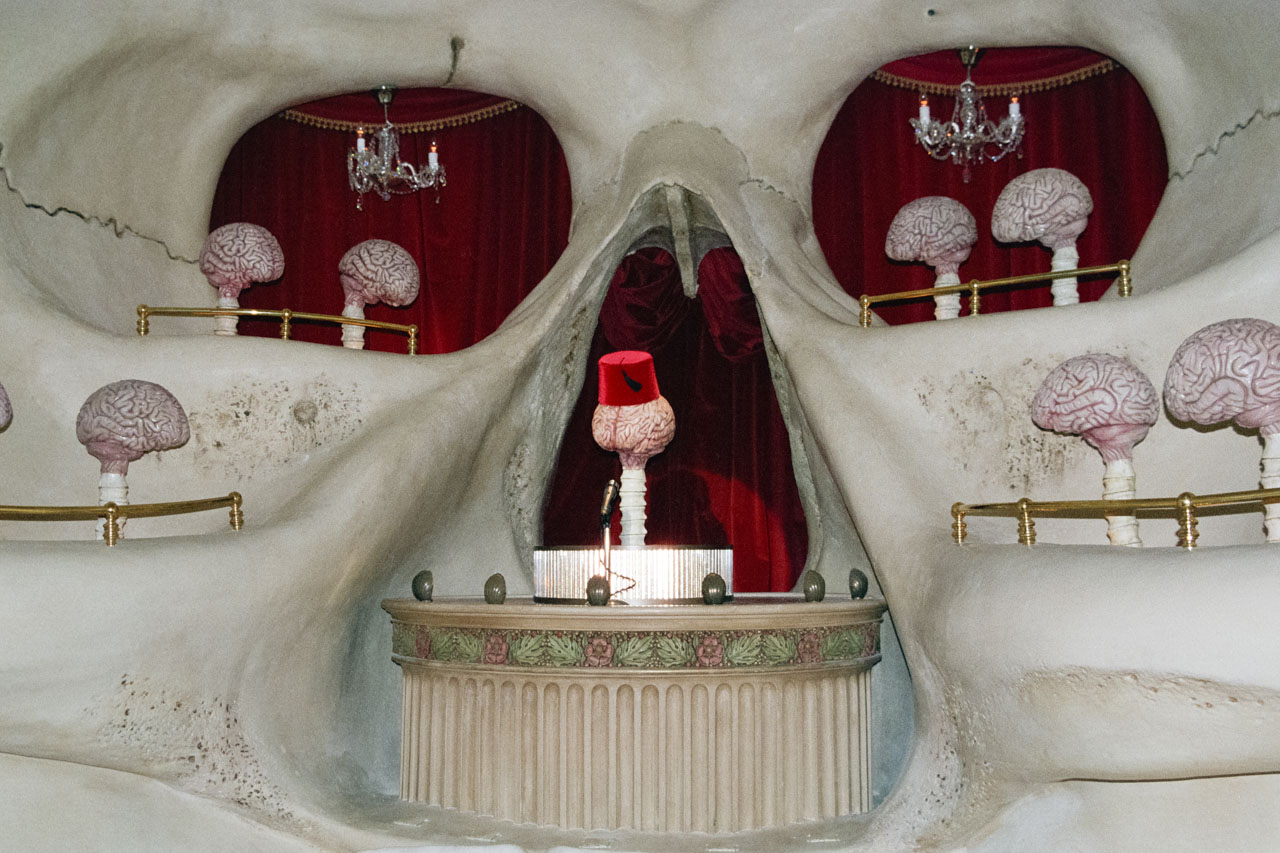
2. Mind
Adjacent to the Body zone was the Mind zone, dedicated to perception and illusion. Multimedia installations and hands-on exhibits explored the complexities of the human mind, such as collective thinking and how the mind plays tricks on us. As a neuroscience student, I found this area both fascinating and amusing!
3. Faith
And then, Faith (see Figures 8 & 9) took you on a tour of the UK’s belief systems. In short, this contemplative space focused on life’s journey, exploring stages such as birth, marriage, ageing, and death through photos and text. Additionally, it featured various perspectives on these significant life experiences from nine world faiths.
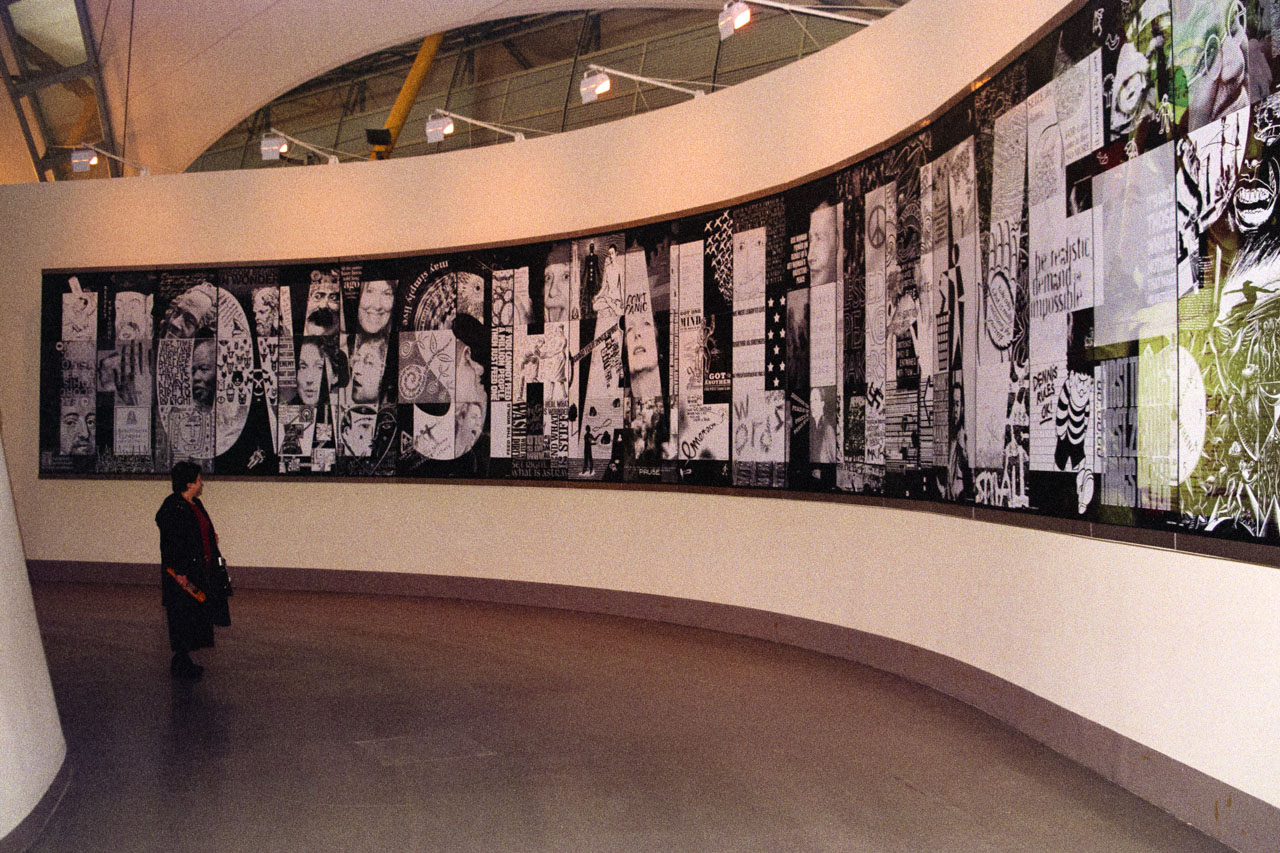

4. Self-Portrait
Furthermore, Self-Portrait showcased various aspects of British identity through art and sculptures, including those by satirical cartoonist Gerald Scarfe. His artwork tackled British concerns like racism and football hooliganism while satirising society’s dependence on television (see Figures 10 & 11). In brief, Self-Portrait celebrated British diversity at the beginning of the new millennium.
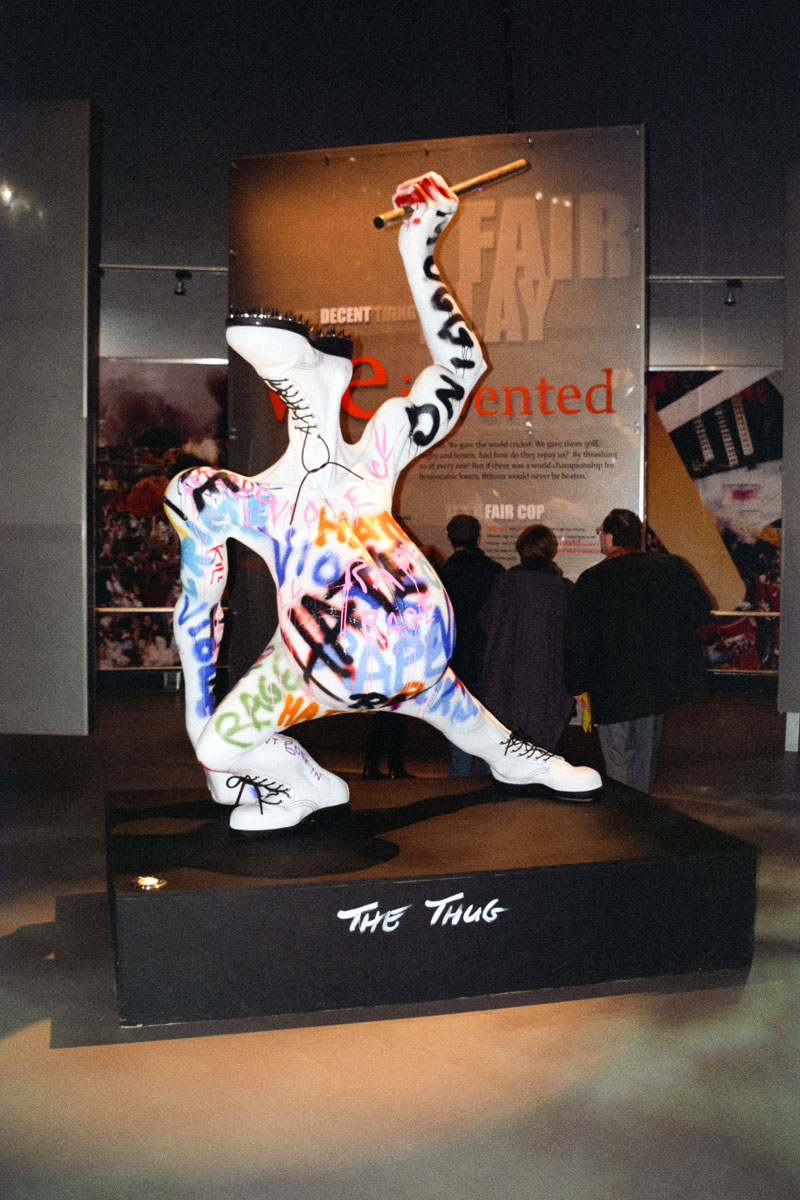

Attractions Inside the Millennium Dome: “What We Do”
5. Work
The Work zone (see Figures 12 & 13) explored the changing nature of work and employment in the 21st century. Inside, interactive exhibits highlighted six core skills needed for success in the modern workplace (e.g., communication, numeracy, problem-solving, IT, hand-eye coordination, and teamwork).
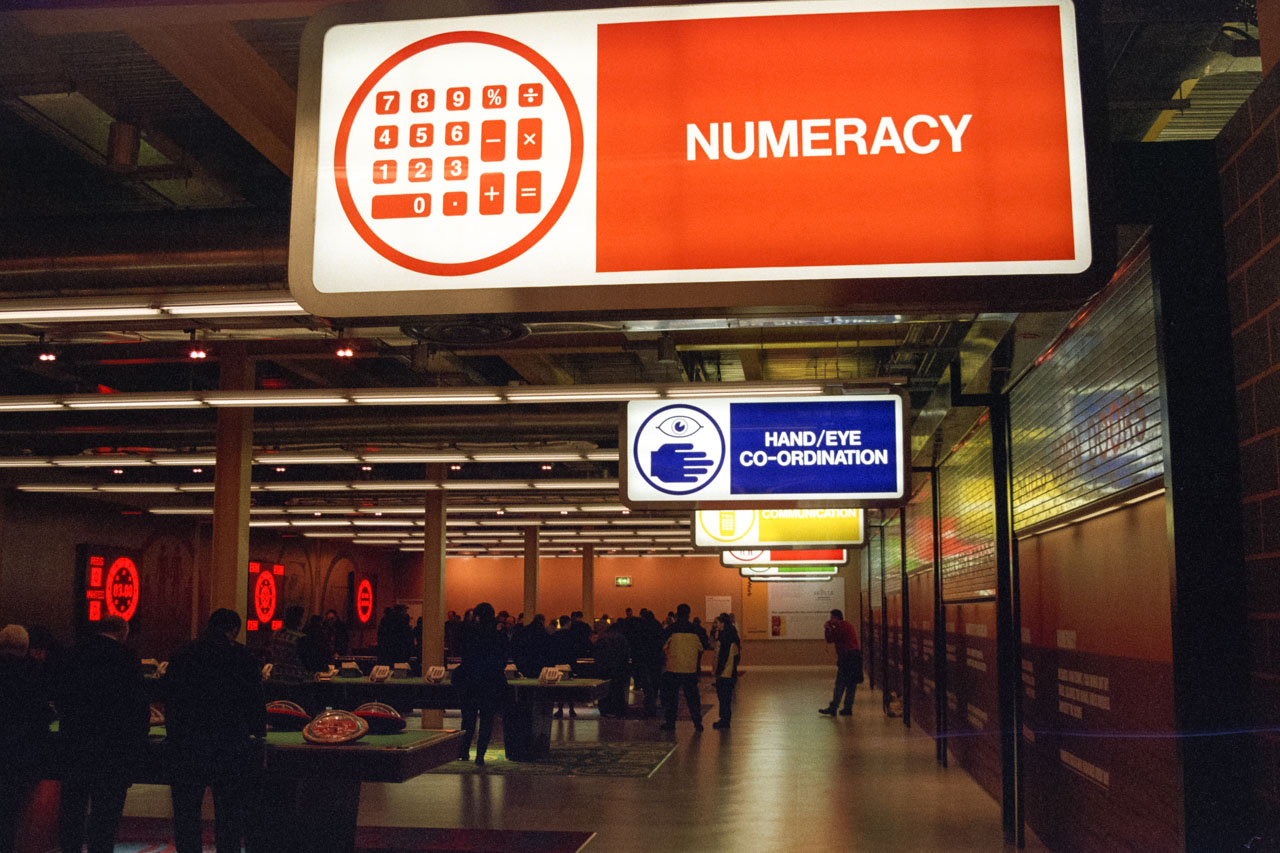

I particularly liked the massive table football game (see Figure 14) promoting teamwork—an essential transferable skill employers require for success.
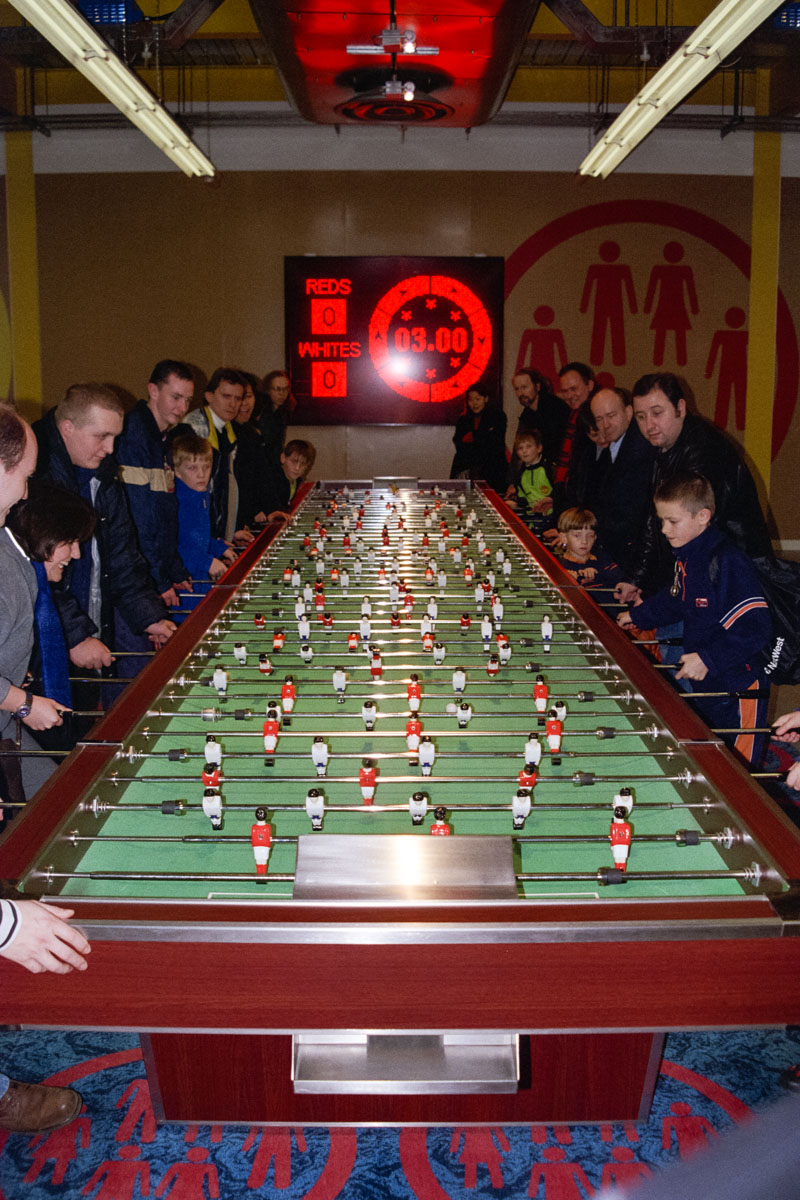
6. Learning
The Learning zone (see Figure 15) featured a theatre space with a performance commissioned by the BBC. Plus, a larger-than-life school corridor with sights, sounds and smells. In short, this space focused on learning in the context of achieving goals.
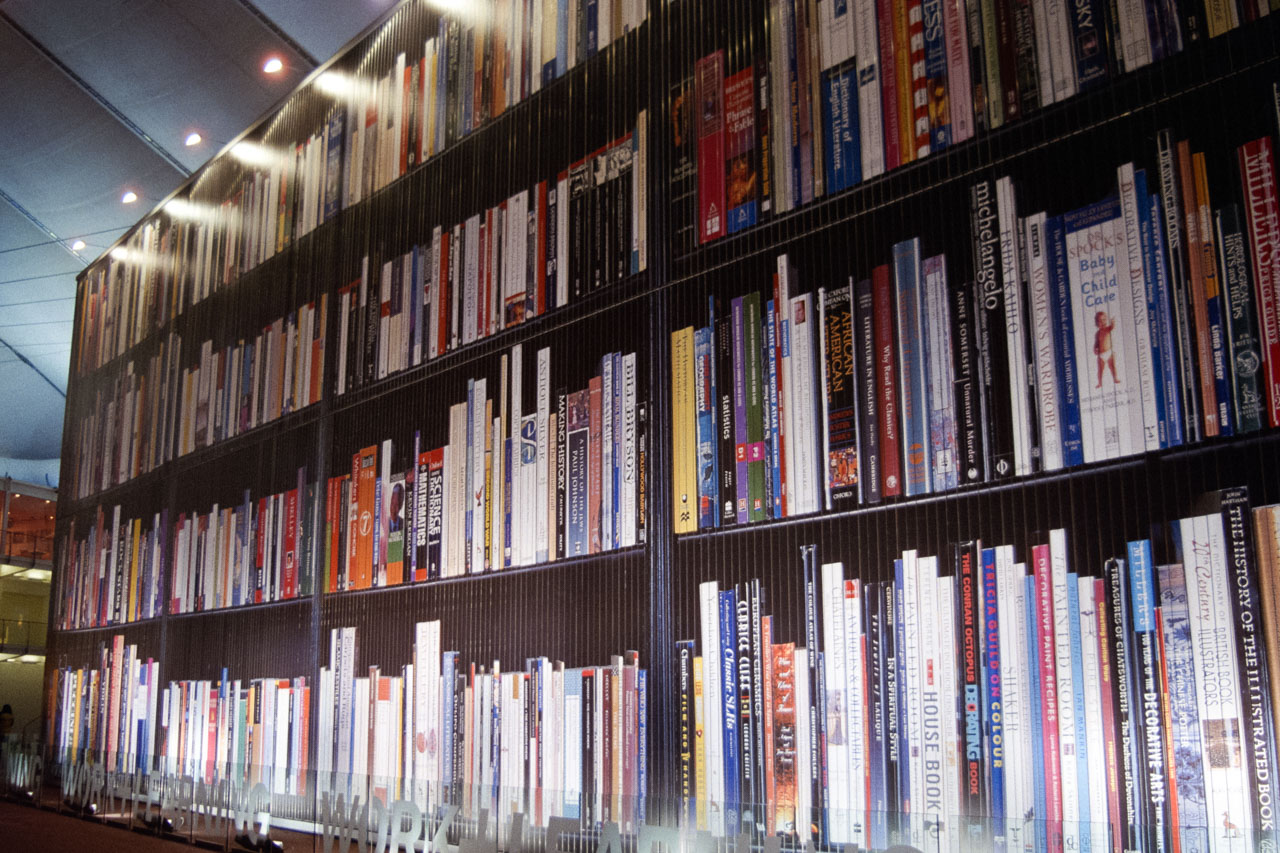
7. Rest
Furthermore, the Rest zone was a quieter area for relaxation and reflection, offering visitors a break from the excitement of the other exhibits. Through soothing lights and calming sounds, this space emphasised the importance of escaping the pace of life.
8. Play
The Play zone explored the various kinds of play possible, from sports to leisure, music to arts, and hobbies to games. Here, kids could explore how play is changing with advancements in technology.
9. Talk
Moreover, Talk (see Figure 16) explored the human value of communication and new technologies promoting better information and knowledge sharing. This space also dealt with how communication shapes human relationships, society, and culture, providing interactive activities related to these themes.
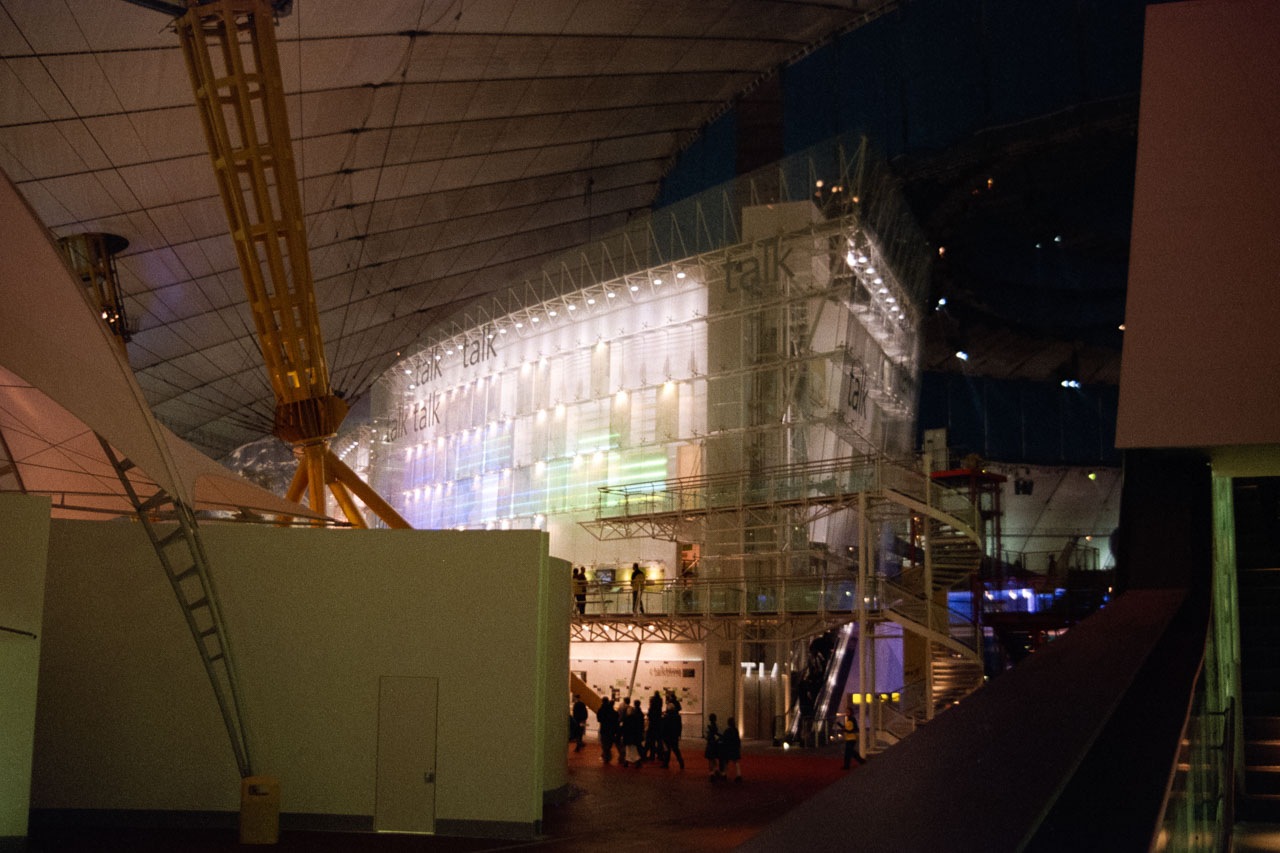
10. Money
Money makes the world go round. Thus, the Money zone (see Figure 17) delved into people’s fascination with spending. It featured a striking display of a million pounds, comprised of twenty thousand £50 notes encased behind glass panels (see Figure 18). Interestingly, this exhibit also prompted visitors to consider how they would spend one million pounds and the potential impact if everyone made the same choice!
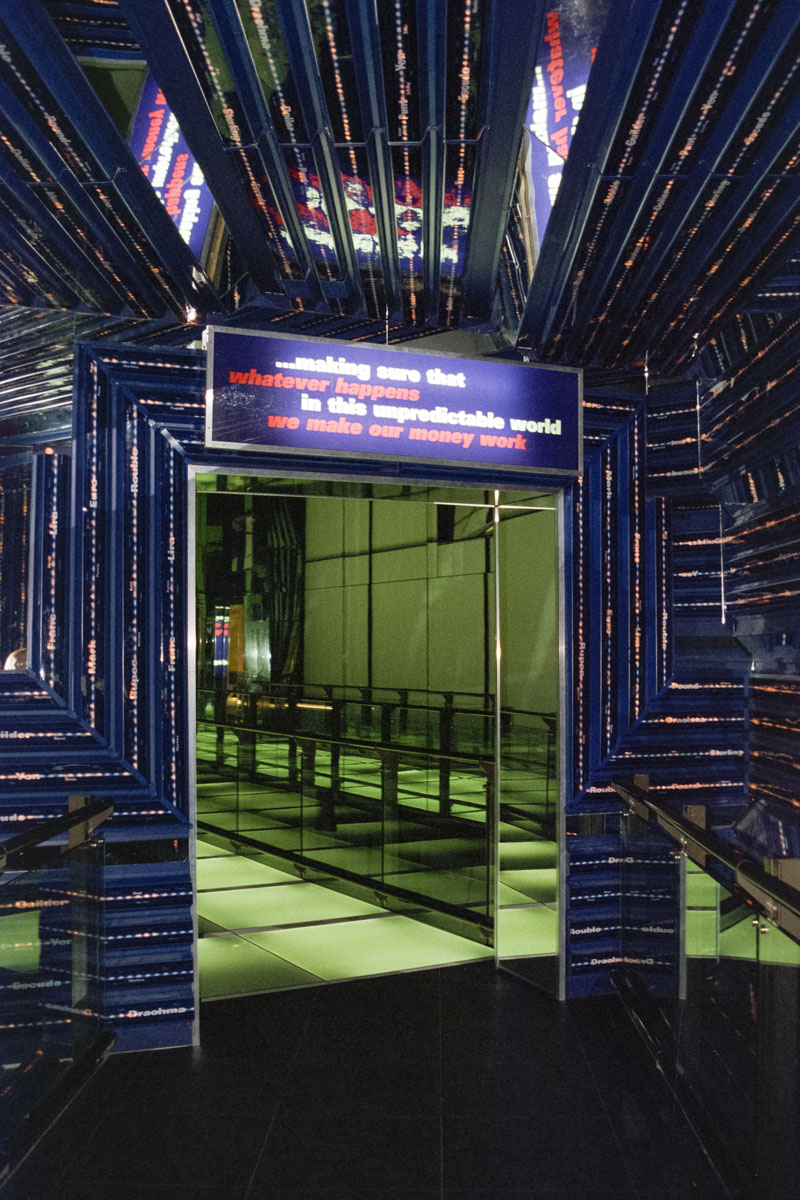
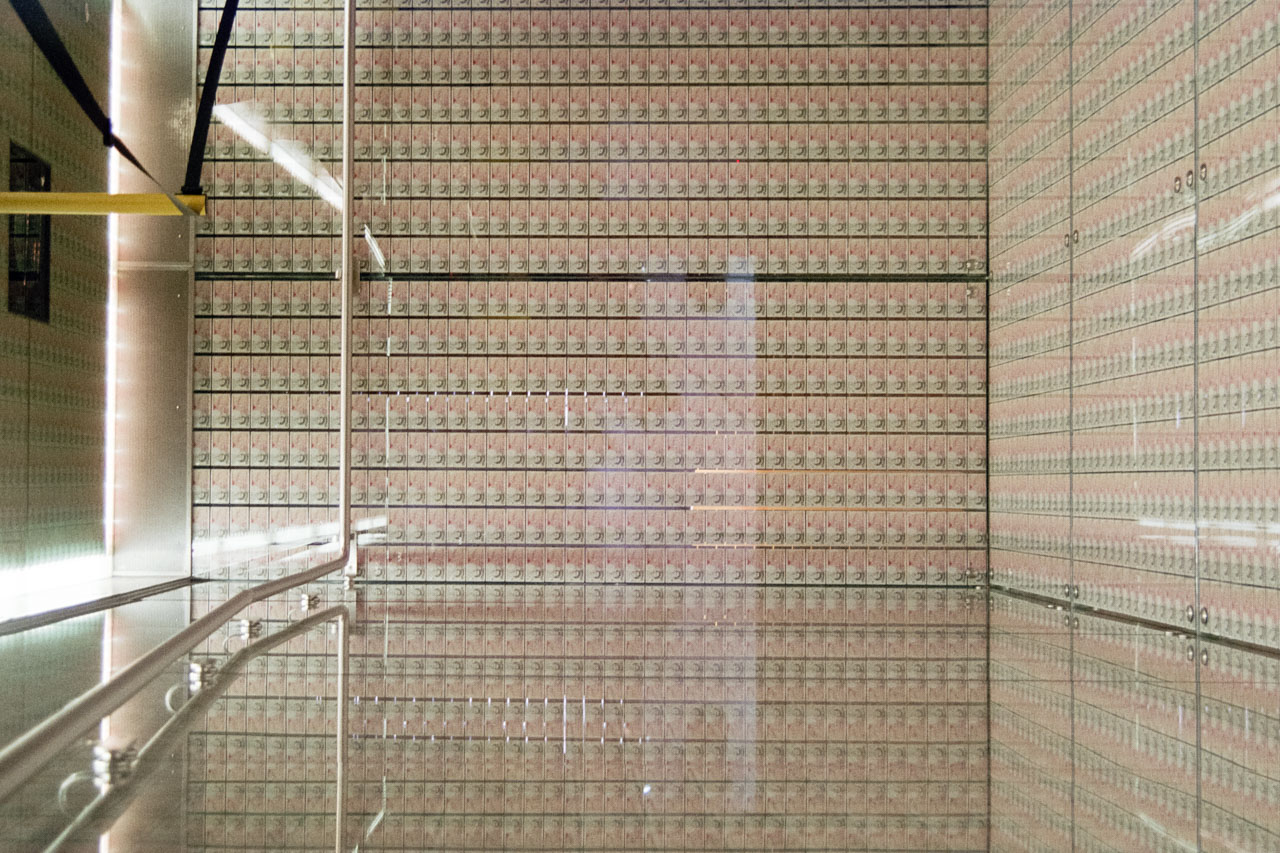
11. Journey
Additionally, the Journey zone (see Figures 19 & 20) showcased the evolution of travel from ancient methods to futuristic concepts. Exhibits included technological milestones like the hot air balloon and steam engine. Plus, future innovations like high-speed trains and space travel.
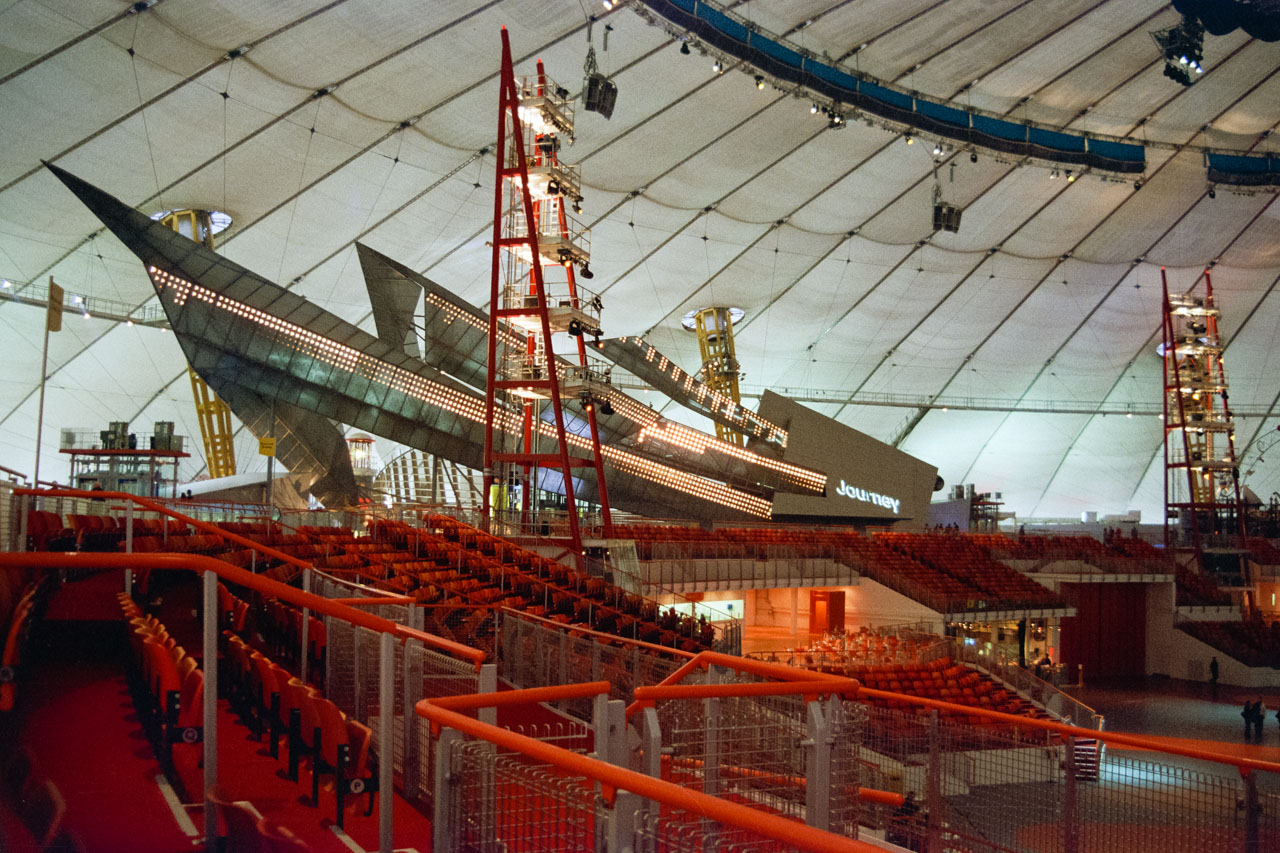

Attractions Inside the Millennium Dome: “Where We Live”
12. Shared Ground
Made from recycled cardboard, Shared Ground explored the importance of neighbourhood and community. It aimed to celebrate the rich tapestry of British life by showcasing the contributions of various communities to the nation’s identity. Overall, the exhibits and installations in this area highlighted the importance of understanding, tolerance, and cooperation in building a cohesive society.
13. Living Island
In addition, Living Island featured amusements reminiscent of traditional British seaside resorts and was concerned with the environment. Visitors entered the zone through the inviting “Tunnel of Love (see Figure 21).” Once inside, you overlooked a picture-postcard seascape with a sand and pebble beach. Against a backdrop of cheeky seaside postcards on environmental themes, we learned how our actions collectively affect the environment.
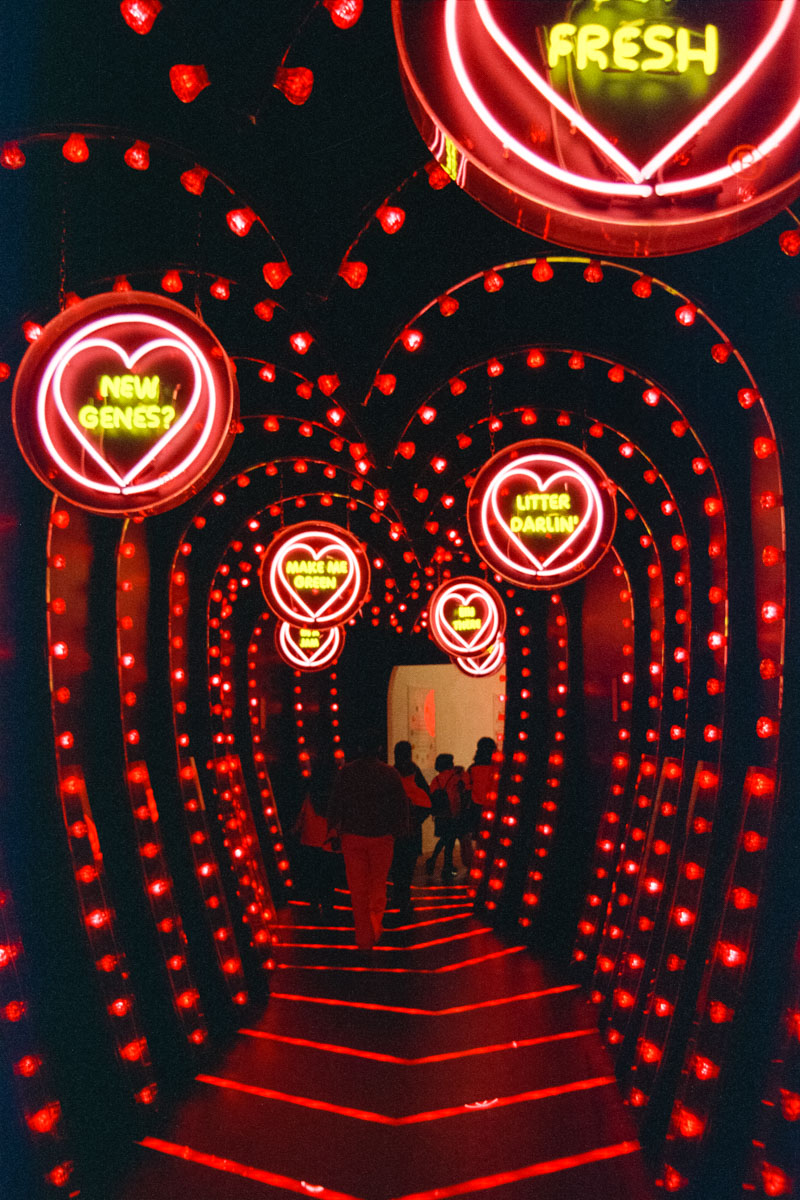
14. Home Planet
Lastly, embodying the spirit of exploration and our place in the universe, Home Planet (see Figure 22) offered a seven-minute “ride” that simulated a journey through outer and inner space, guided by animated aliens (Gaia and Max). It also explored Earth’s unique features, highlighting the importance of collective action to safeguard the planet.
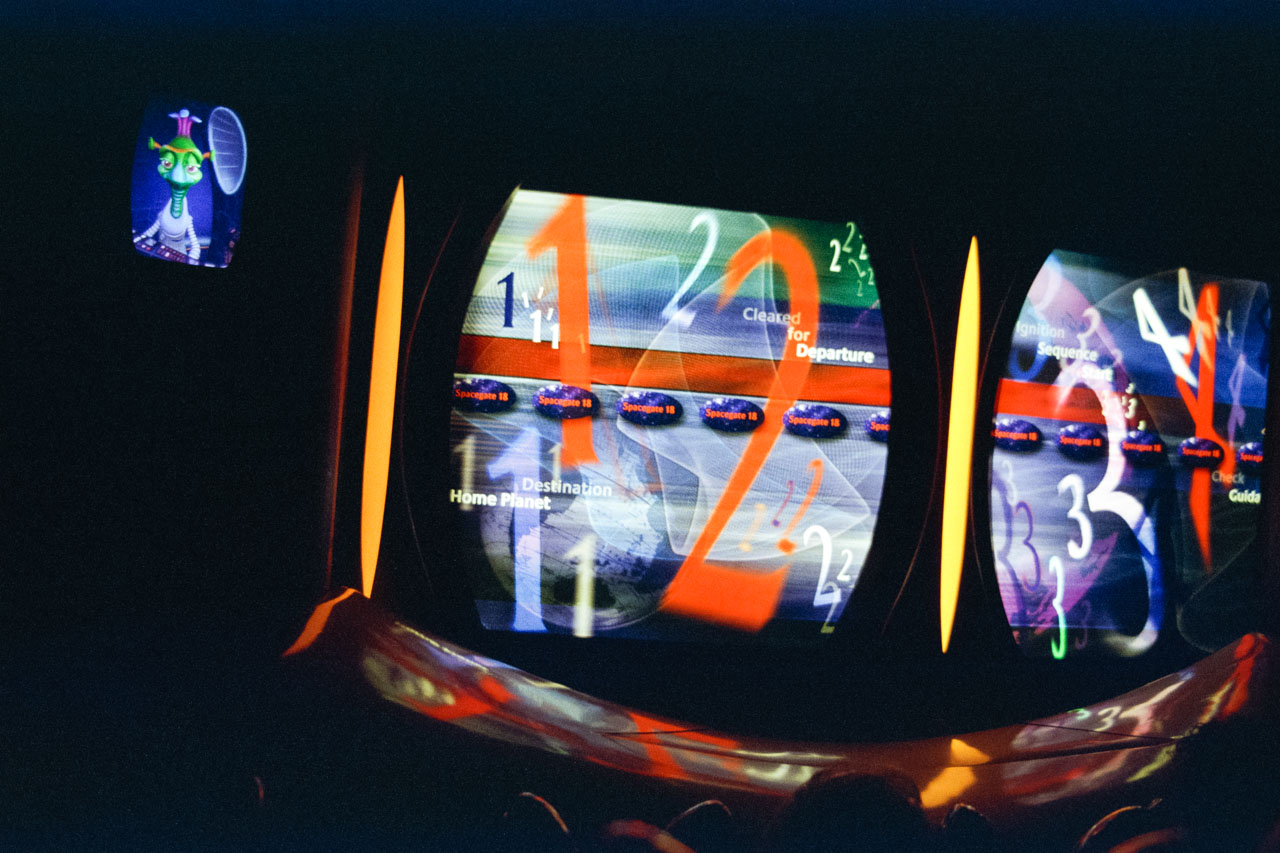
Next to this zone, a 12-metre-diameter Earth floated above the ground, serving as a major landmark inside the Dome (see Figure 23).

Other Attractions Inside the Dome
The Millennium Show
At the heart of the Dome stood the performance area. This space hosted the Millennium Show (see Figures 24 & 25). It was, without doubt, a remarkable production celebrating the new millennium with a blend of music, dance, aerial performance, and storytelling. Every day in 2000, performers from across the globe delivered a visually captivating spectacle, exploring humanity and nature through three generations of a family.
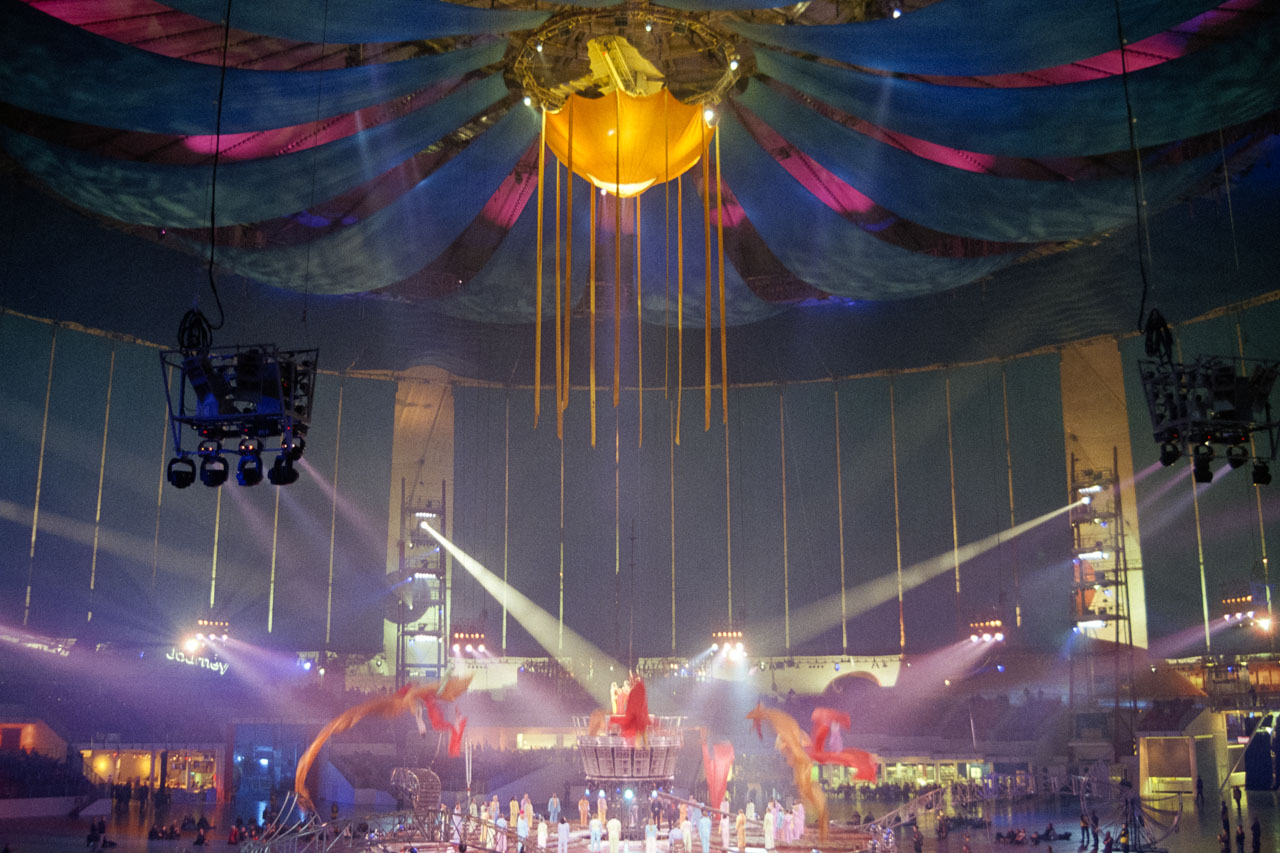
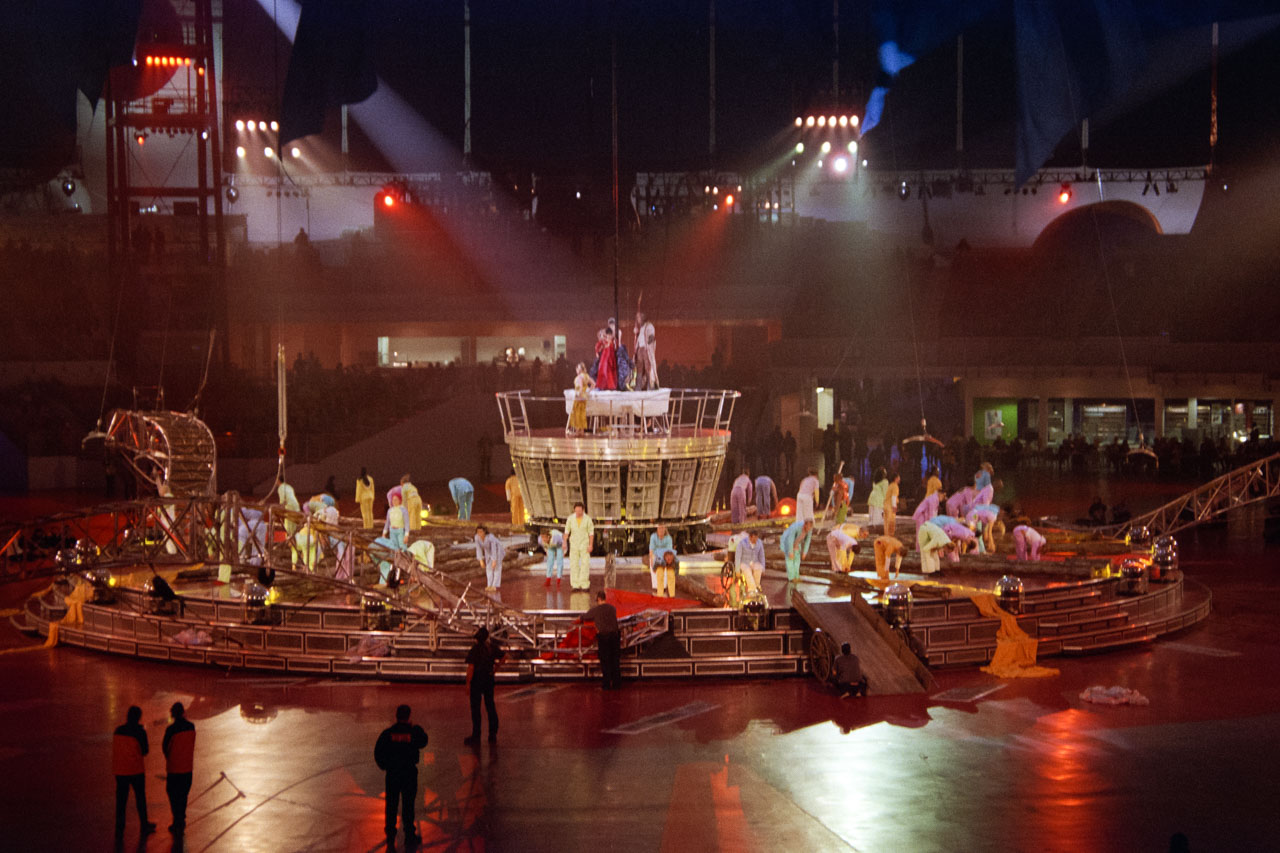
Timekeepers of the Millennium
The Timekeepers of the Millennium (see Figure 26) was another memorable exhibit. Stepping through the Stonehenge entrance, you entered the home of Coggs and Sprinx, the Dome’s timekeepers from an alien race responsible for keeping the wheel of time moving. Items from their travels, like Da Vinci’s flying bicycle, fill the space. This innovative play area, opposite the Play zone, was the first of its kind in the UK, using new technology from the US.
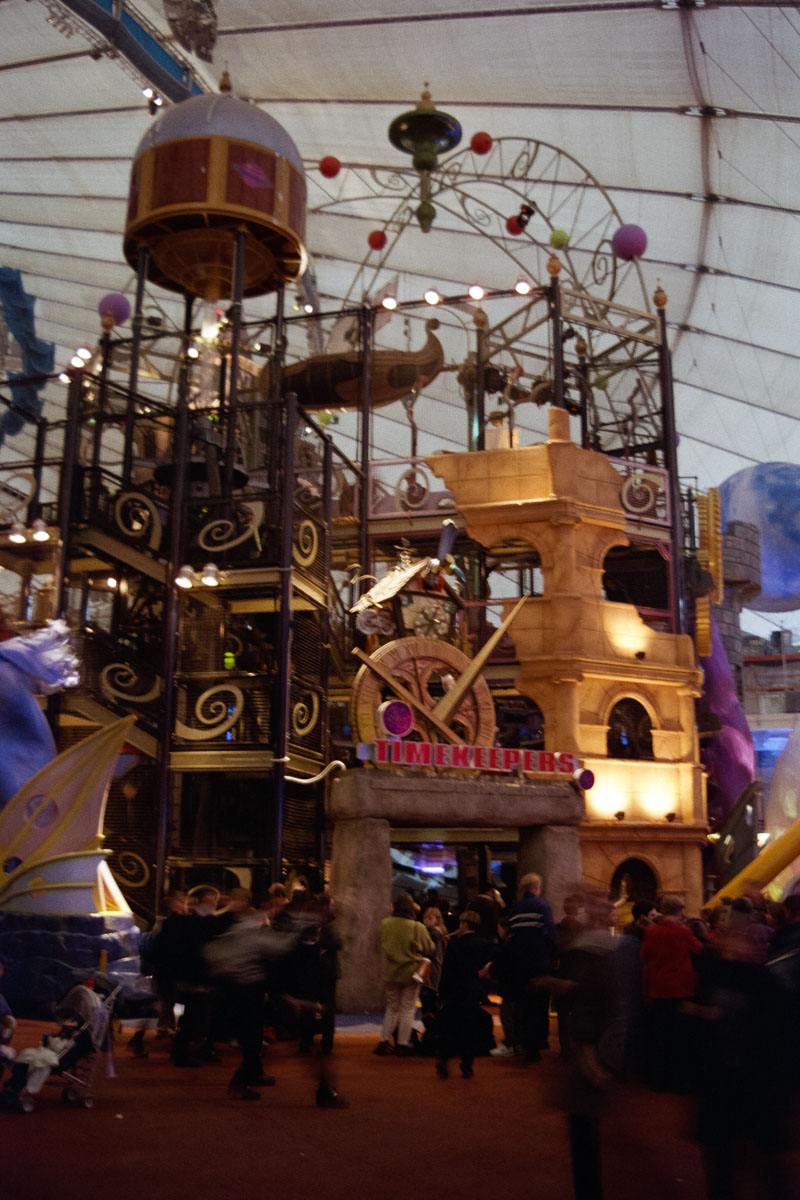
Controversy and Criticism: The Legacy of the Millennium Dome
Despite its lofty aspirations, the Millennium Dome faced criticism and controversy, with some arguing it was a waste of money and lacked a clear purpose. Concerns about its sustainability beyond the millennium celebrations also arose. However, none of these debates diminished many people’s (including myself) enjoyment of the Millennium Experience.
The Dome’s Transformation and Endurance
After 365 days, the iconic London landmark closed on 31 December 2000. Consequently, the Dome underwent a series of transformations, grappling with its identity and purpose. Yet, amidst uncertainty, it endured, becoming one of London’s premier entertainment venues.
The O2 Arena: A New Chapter for the Millennium Dome
In 2007, the Millennium Dome was reborn as The O2 Arena, a vibrant entertainment complex hosting world-class concerts and sporting events. For example, the arena has welcomed some of the biggest names in music, including Beyoncé, Adele, Ed Sheeran, Taylor Swift, and Drake, among many others. Indeed, many people today most likely know this iconic London landmark through attending shows at The O2, unaware of its cultural significance before its transformation.
Reflecting on the Millennium Dome
As I remember the Millennium Dome, I’m reminded of its significance as a symbol of the hopes and challenges for the UK, capturing a specific moment in British history. Despite its legacy as a beacon of hope for future generations, “The Dome” endures as an architectural marvel. Today, the Dome’s iconic design, vast scale, innovative engineering, and futuristic aesthetic still fascinate observers.
More Photos Inside the Millennium Dome
Finally, here are more photos of the exhibits and attractions inside the Millennium Dome. I hope you enjoy them!










PS: If you enjoyed this blog post, please show your support by liking and sharing it with your friends and family. Additionally, share your memories of the Millennium Dome in the comments below!
Thank you for being a part of my journey!
Where: Millennium Dome, London.
When: 14 January 2000.
What: Pentaz MZ-50 SLR 35mm camera with kit lens, Konica Centuria 200 colour film.
How: I scanned the 35mm colour negative film as raw TIFF files using the Minolta DiMAGE Scan Elite 5400 scanner and VueScan software.



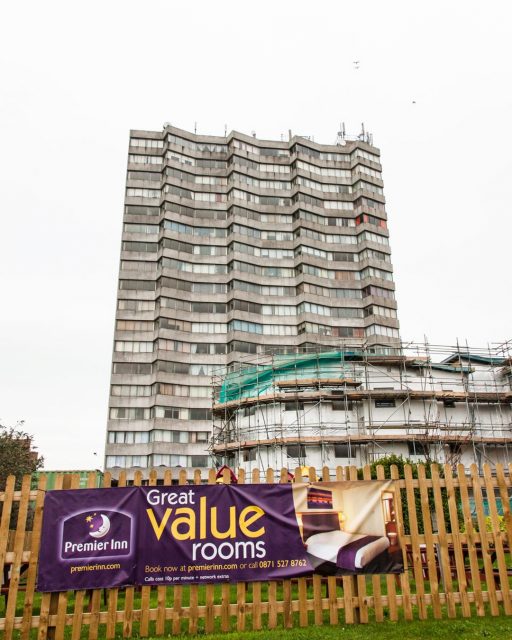
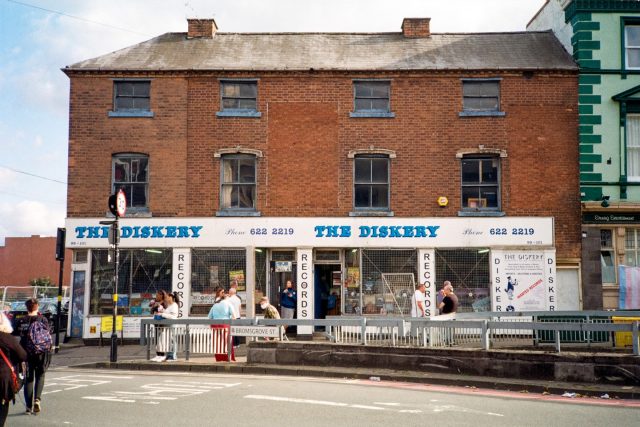

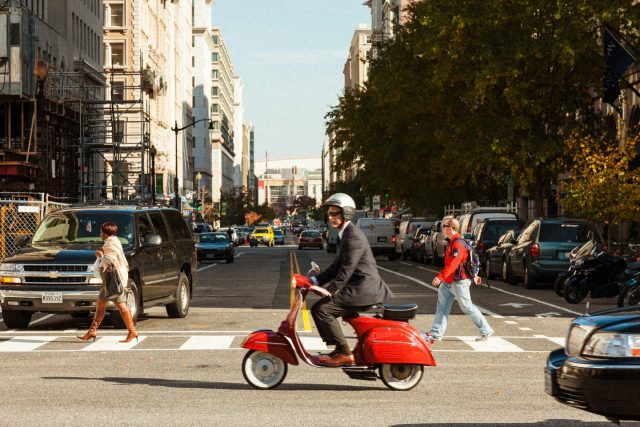
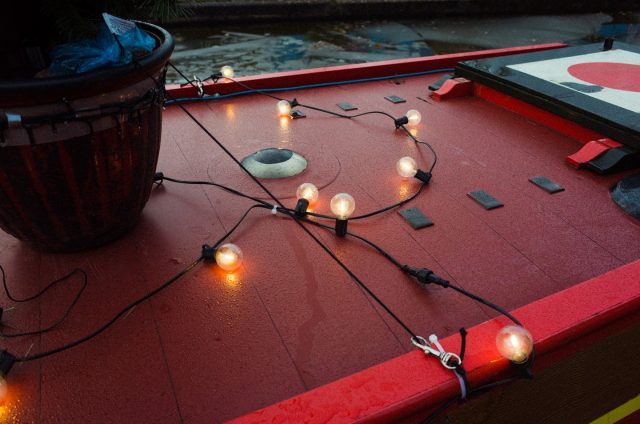

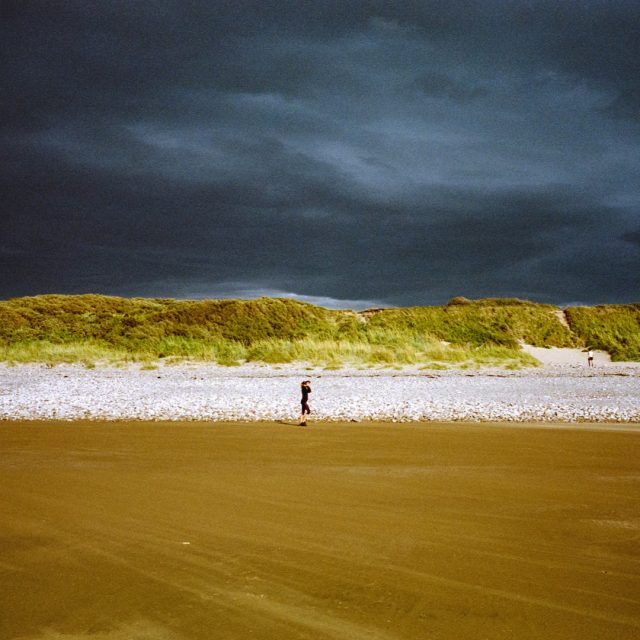

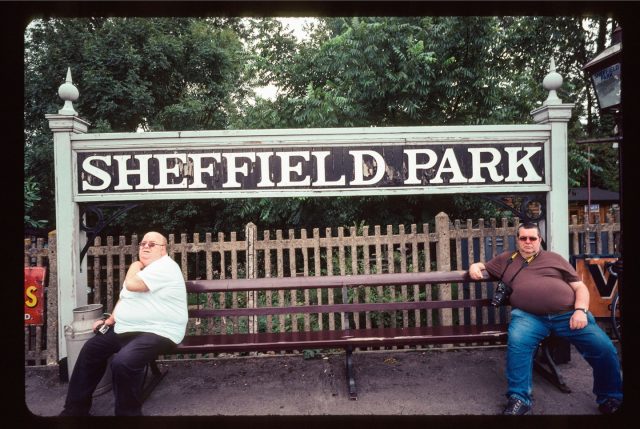
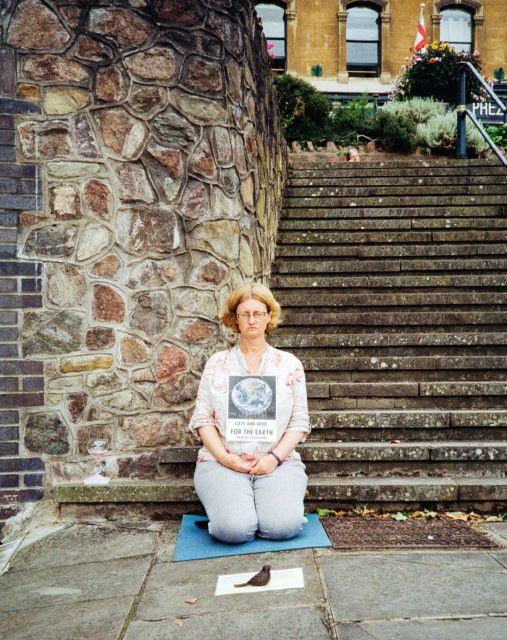


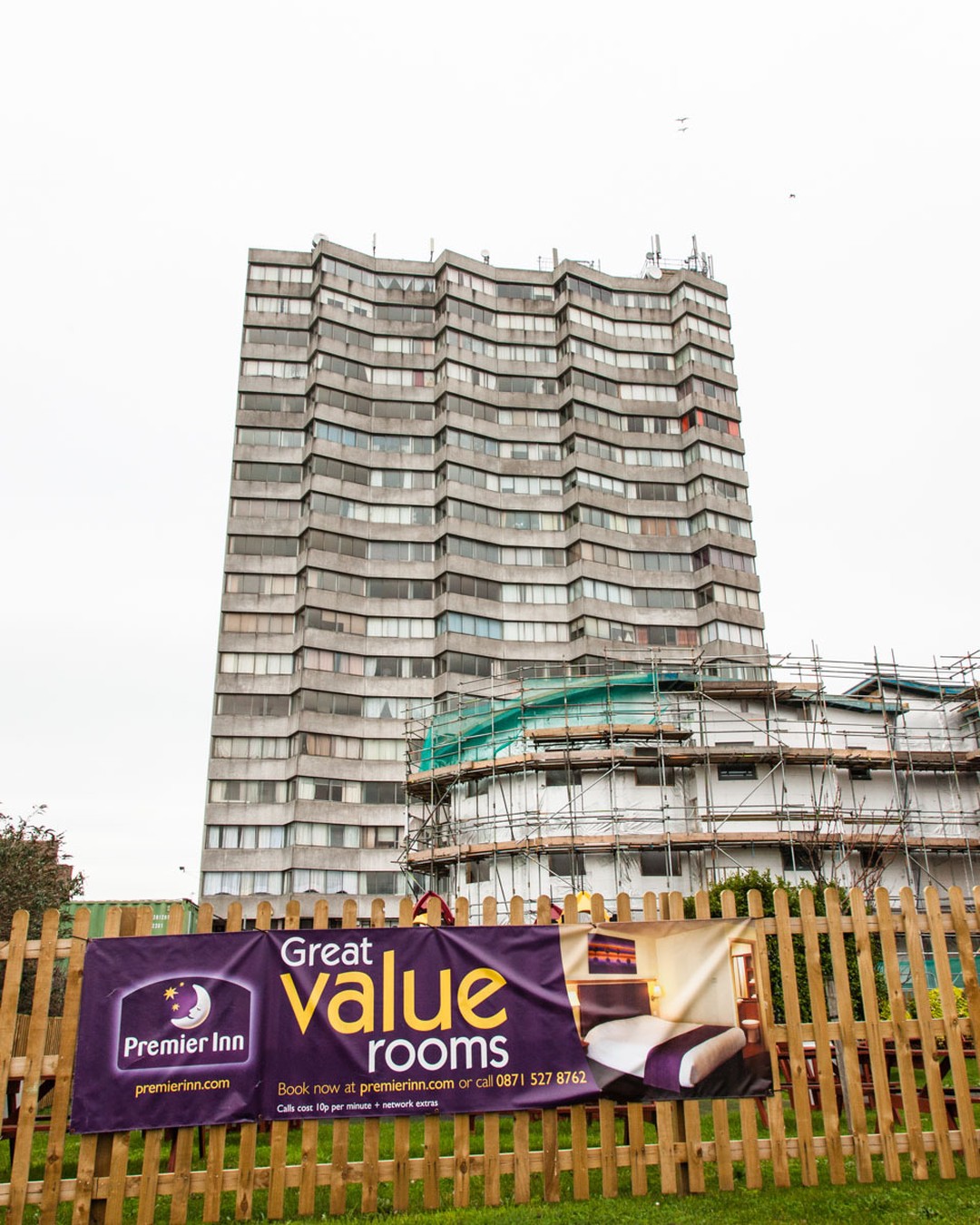
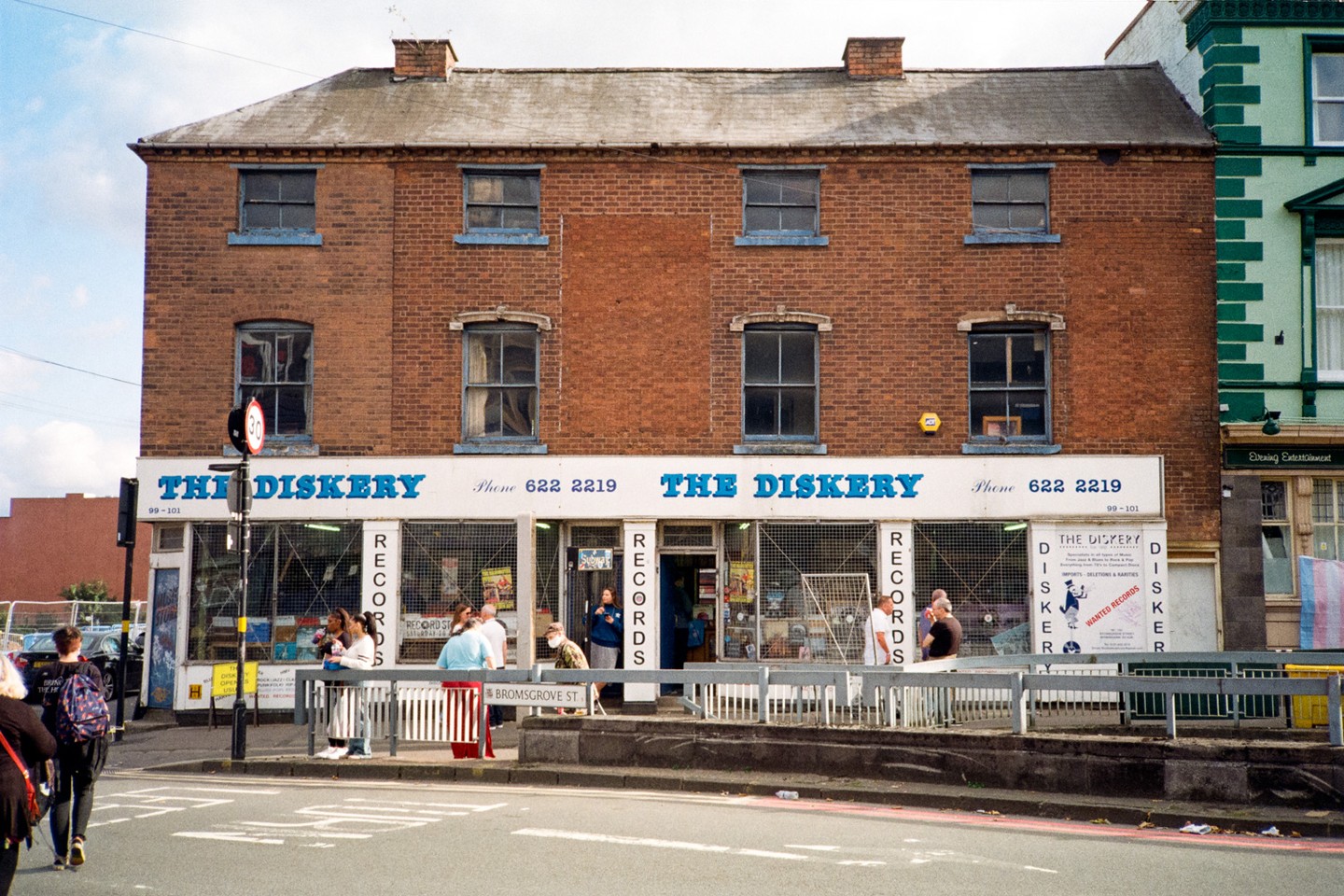
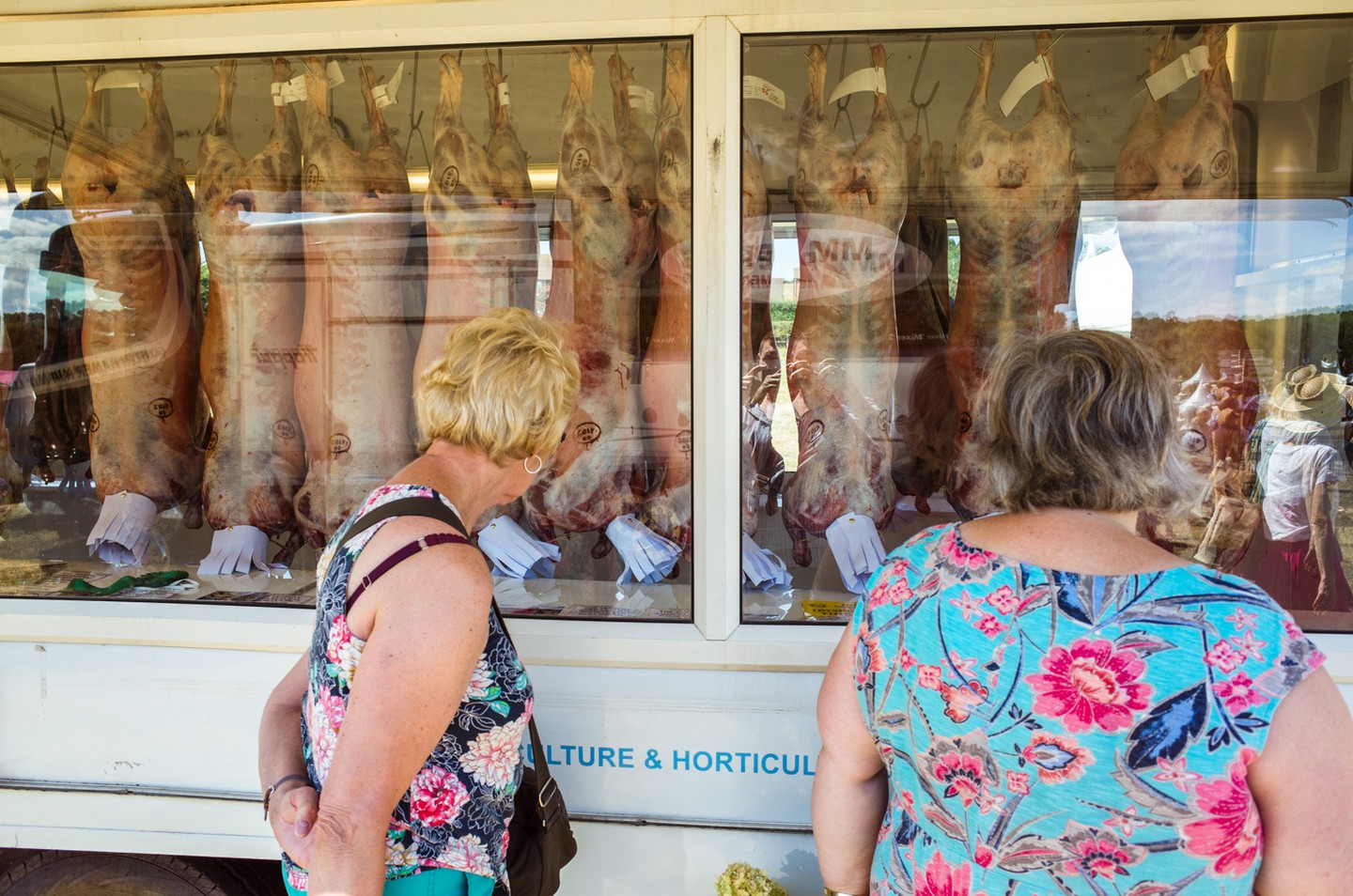

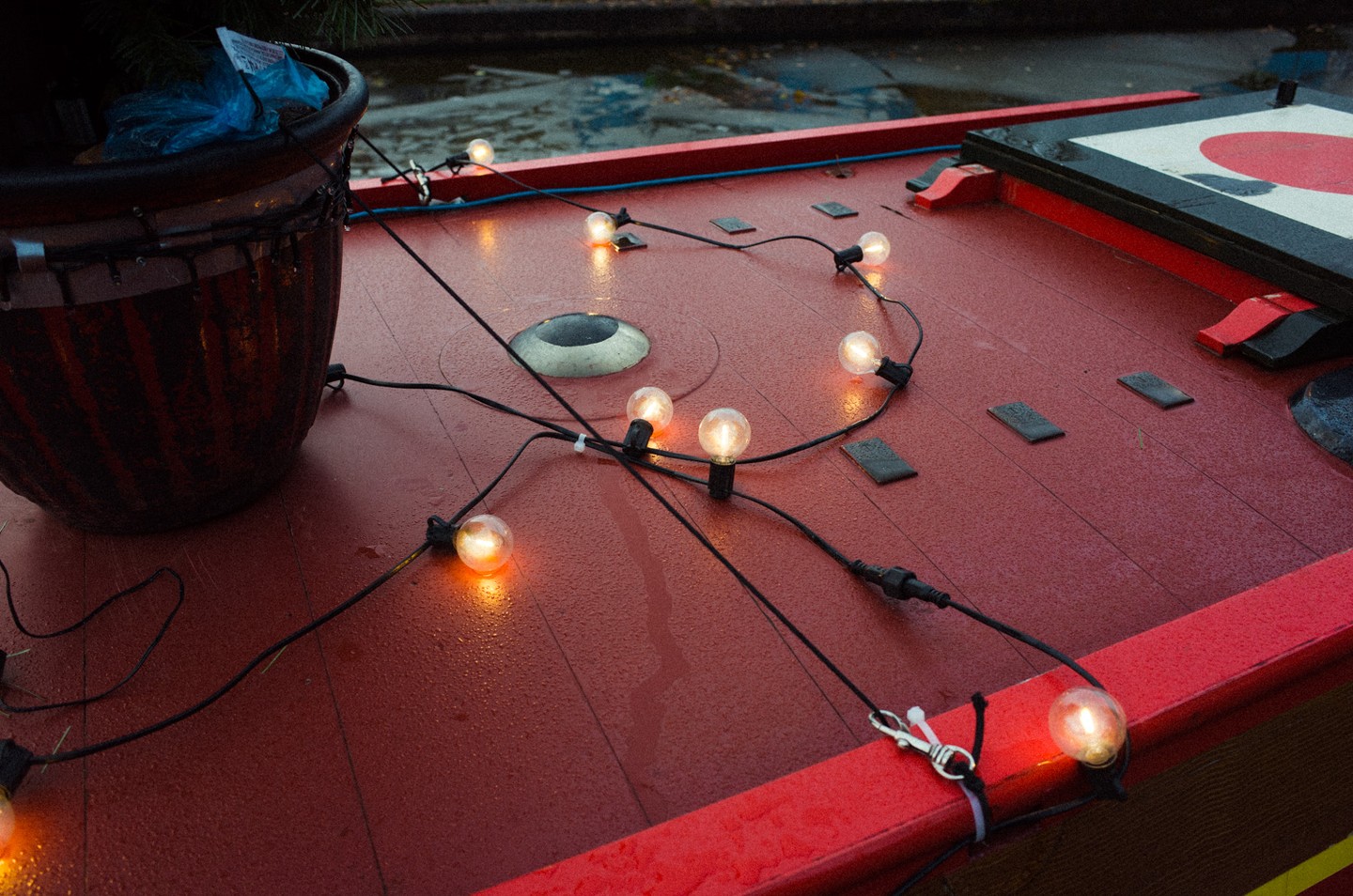

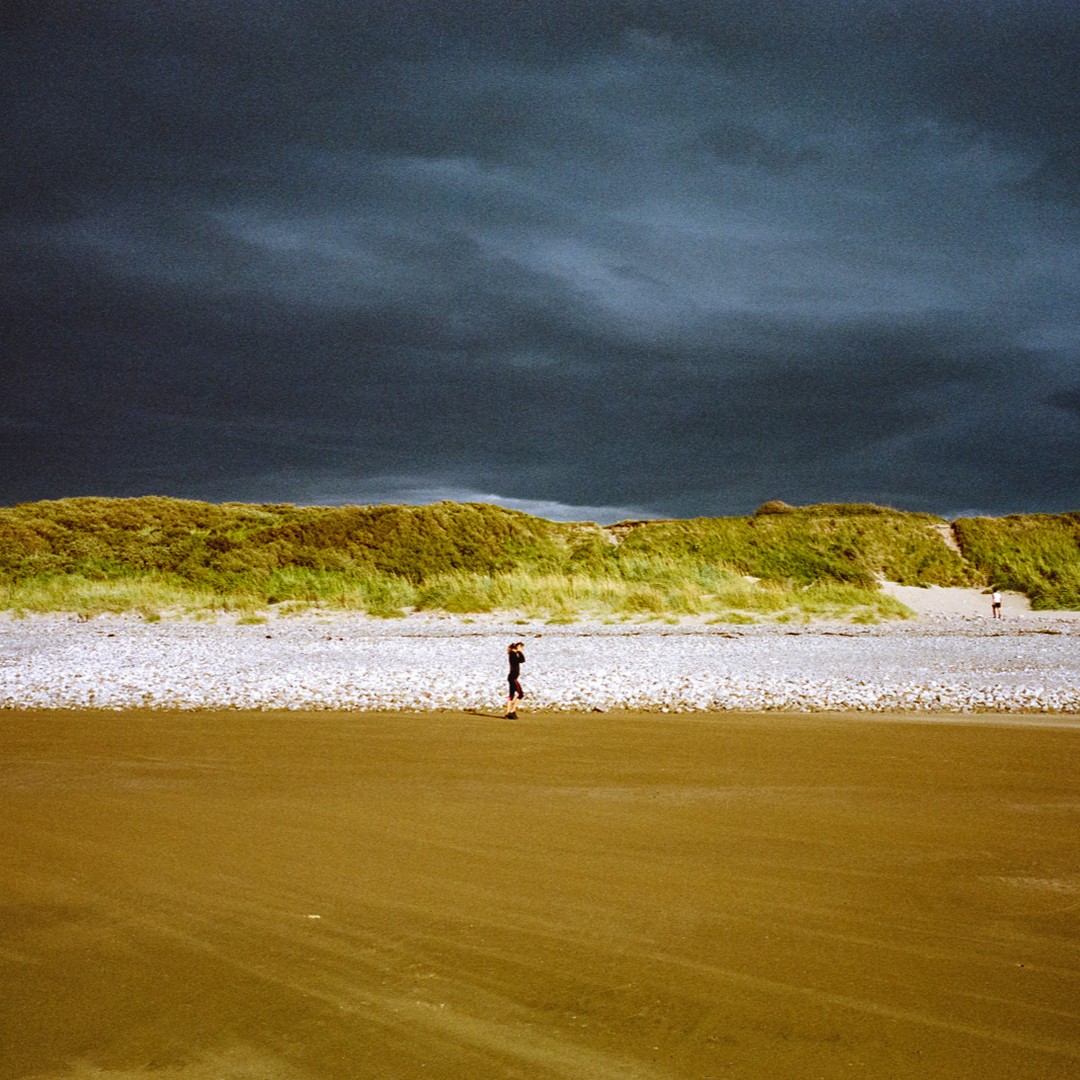
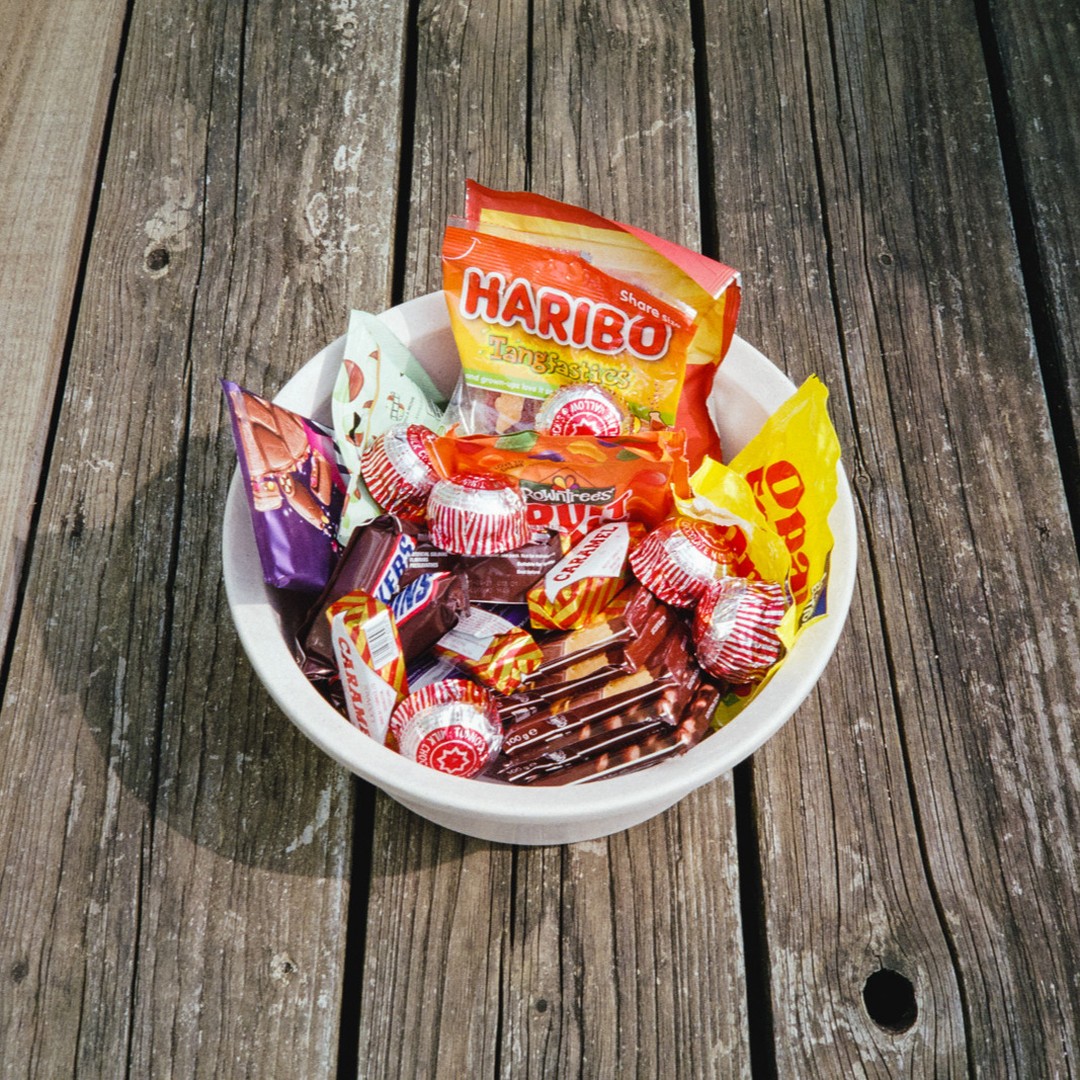

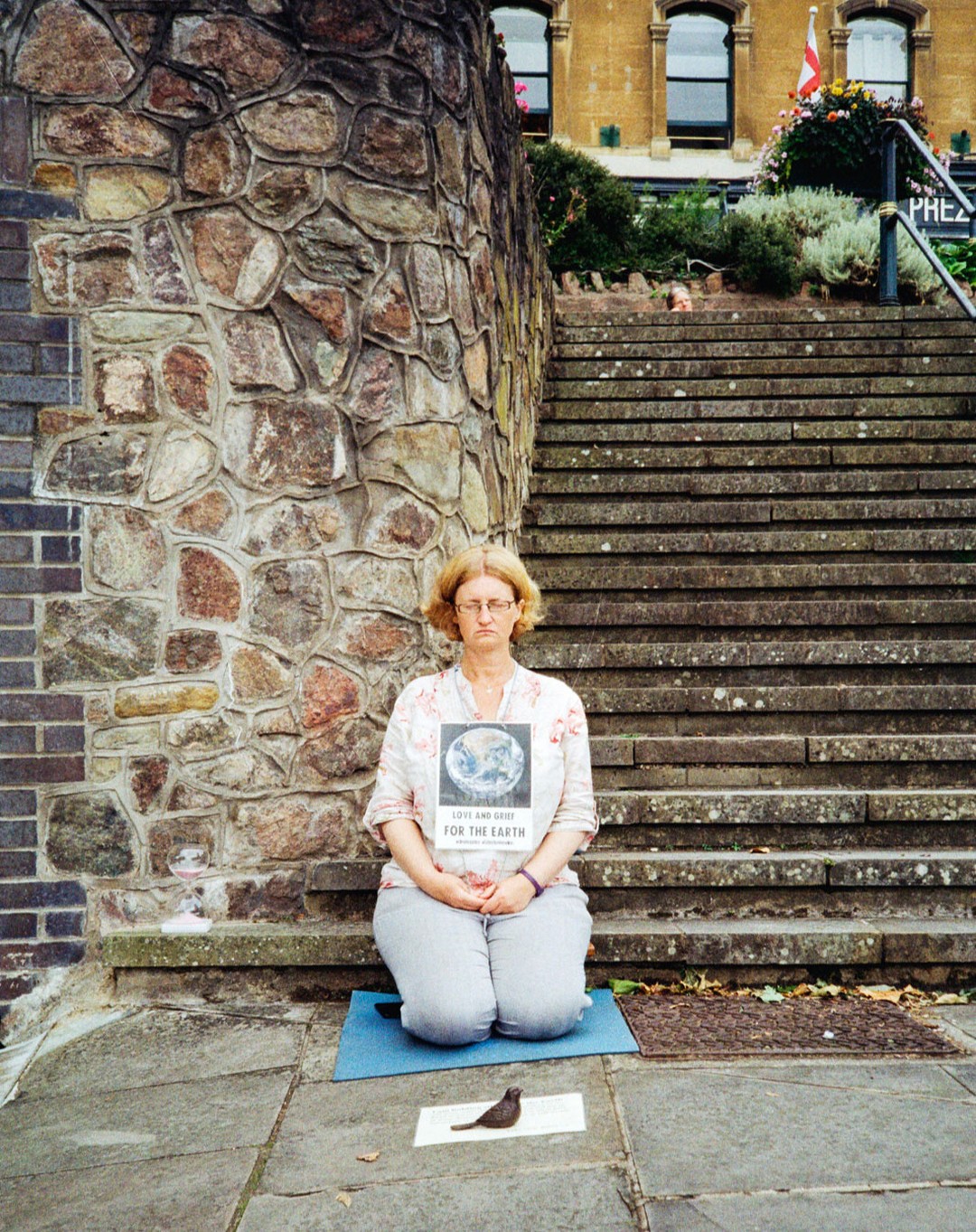
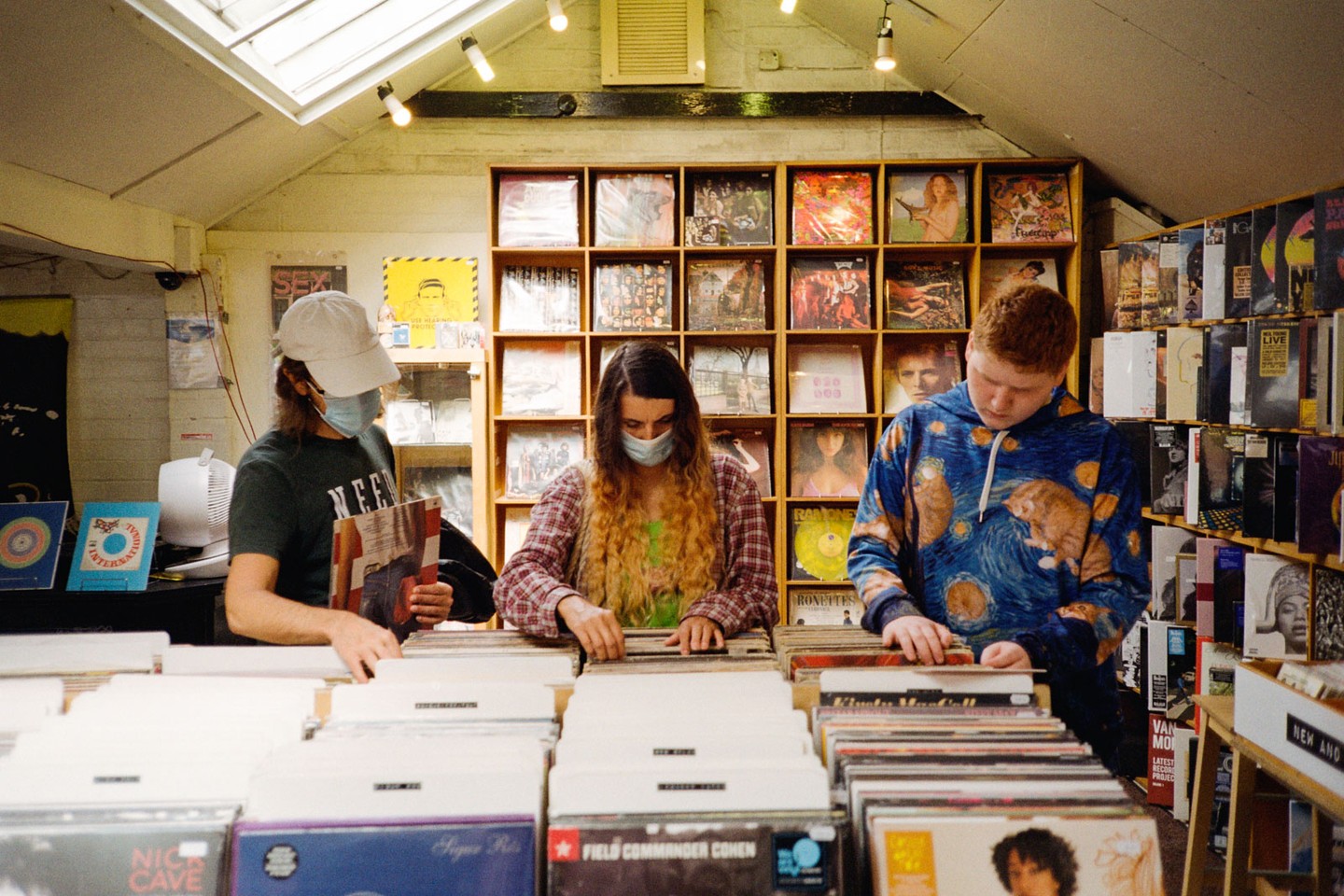
We were there in May of 2000 visiting from the U.S. loved it! Great pics! Also remember Mr. Bean movie, the girl that came out of the screen and lighting up the next room with a wand and going through the Nose in the body.
Thanks, Dave for sharing your memories of the Dome. It’s a pity the place wasn’t more popular, although it is today now it’s a major music venue. Take care. P.
I recently listened to the podcast version of this Guardian article: https://www.theguardian.com/uk-news/2020/mar/12/millennium-dome-experience-disaster-inside-story-new-labour.
I was then so curious to see photos of the Dome in 2000 and found these pictures fascinating. Thank you for sharing them as well as your commentary.
Thank you Joanna for taking the time to comment. Take care.
These are so interesting to see!! 🙂
Thank you, Sam.
Thank you so very much for posting these pictures. I am so delighted to have come across them.
They have evoked many happy memories of two visits, when my son was 6 years old… (Now 30 !)
Sadly both my camera and video recorder, decided to ‘play up’ on both visits, so unfortunately, I have very little material to remind my son, of a very magical time.
Regards and again thanks.
Thanks, Laureen, for writing and for sharing your story. It’s amazing how photos can transport us back in time. I’m glad my pictures could help remind you (and your son) of your trips together. Take care, Paul.